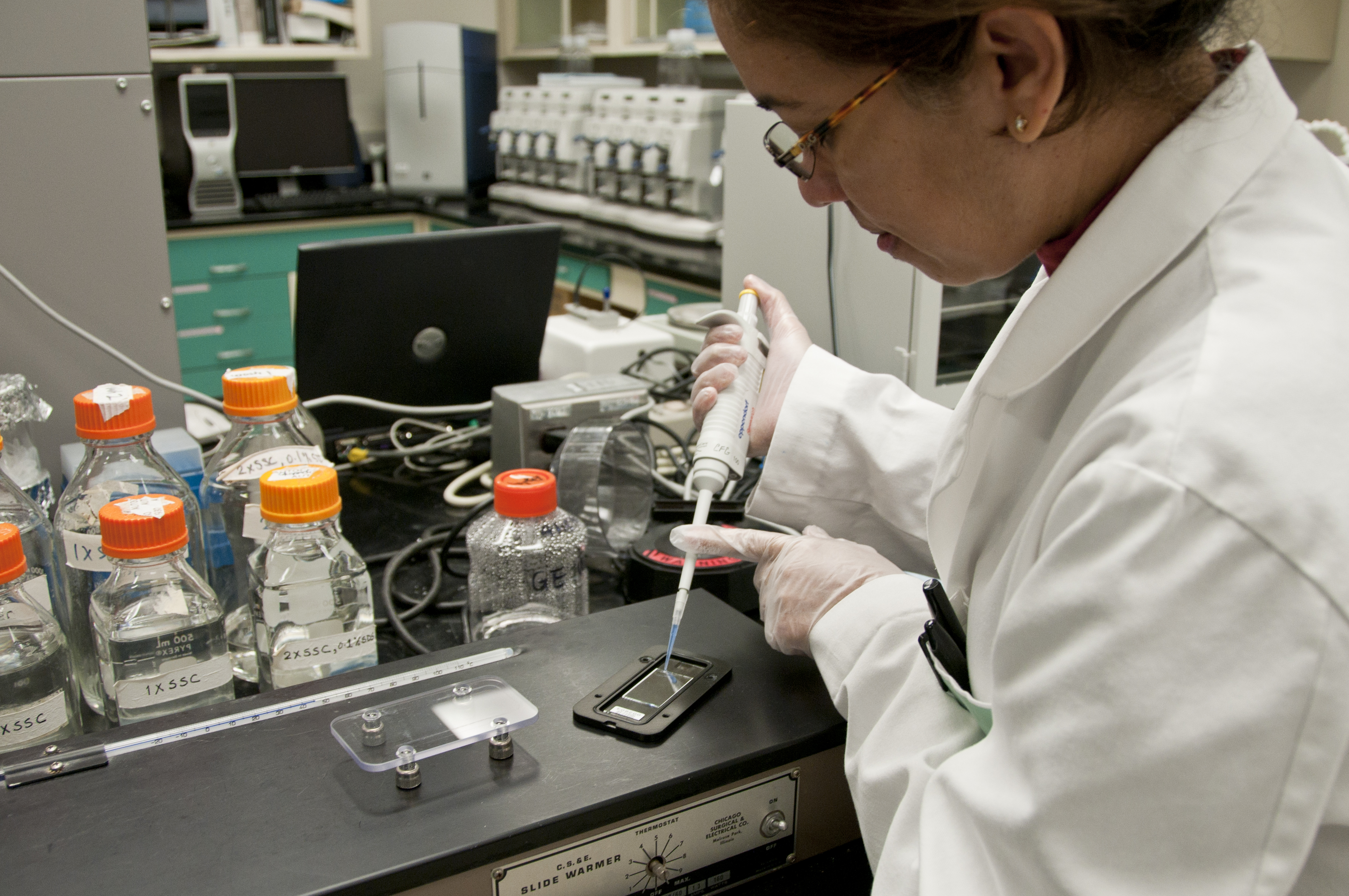
Photo from academic.microsoft.com
Recent years have seen a surge in development of alternative methods for assessment of skin sensitizers. This has been in order to meet the regulatory and industrial demand for accurate… Click to show full abstract
Recent years have seen a surge in development of alternative methods for assessment of skin sensitizers. This has been in order to meet the regulatory and industrial demand for accurate safety assessment without the use of animal experimentation, and to address societal expectations. Today, 3 such assays are formally validated and have achieved OECD Guideline status (EC, 2013, 2014, 2015). However, partly due to insufficient predictive capacity, none of the validated assays have received a recommendation for use as a stand-alone method. In addition, there is a view that accurate hazard identification must be based upon an assessment of several key events in the relevant Adverse Outcome Pathway (AOP). For these reasons it is proposed that tests are used in combinations, forming so-called Integrated Testing Strategies (ITSs), to address deficiencies in the performance of individual methods and to incorporate end points that reflect several key events in the AOP (Hartung et al., 2013; Jaworska and Hoffmann, 2010; Rovida et al., 2015). Although such ITSs may be configured in a number of ways, one heavily advocated approach relies on the majority vote of individual assays, often referred to as a 2 out of 3 ITS. That is, the identification of hazard is dependent upon the chemical eliciting a positive response in at least 2 of 3 test methods. This approach is based on the view that this will provide an increased weight of evidence and thereby greater confidence in hazard characterization and risk assessment. Here, we present arguments opposing the claimed benefits of 2 out of 3 ITSs by examining the theoretical probability propagation of combined outcomes, simulated predictions generated by hypothetical assays, and actual data obtained from recently published literature. We argue that the added value of combining the top-performing assay with other assays with less predictive accuracy is overestimated, if present, and may actually be detrimental.
Journal Title: Toxicological Sciences
Year Published: 2017
Link to full text (if available)
Share on Social Media: Sign Up to like & get
recommendations!